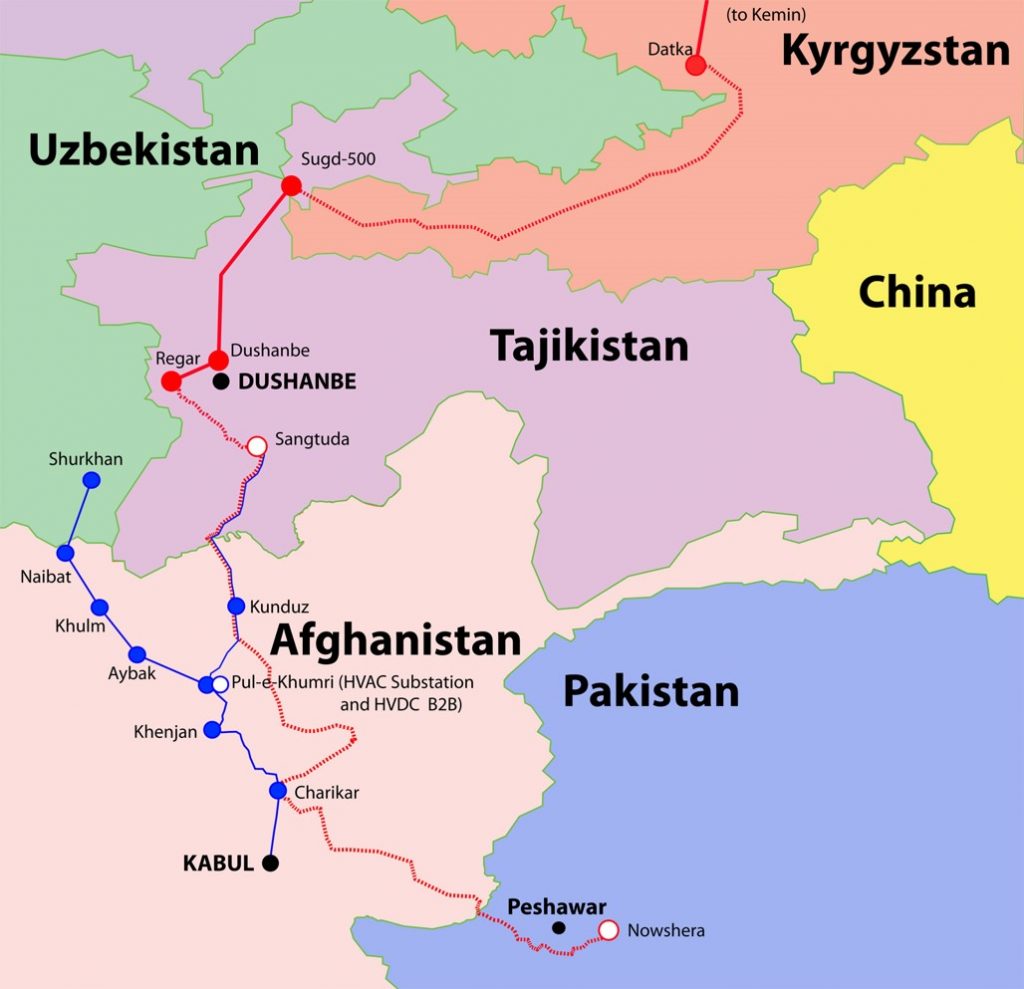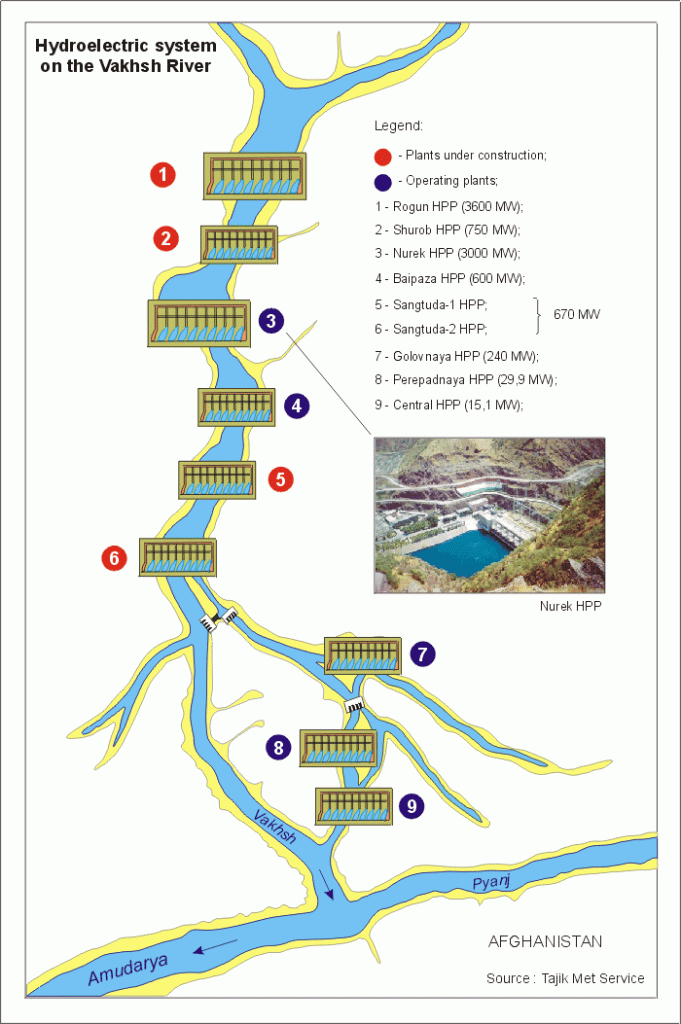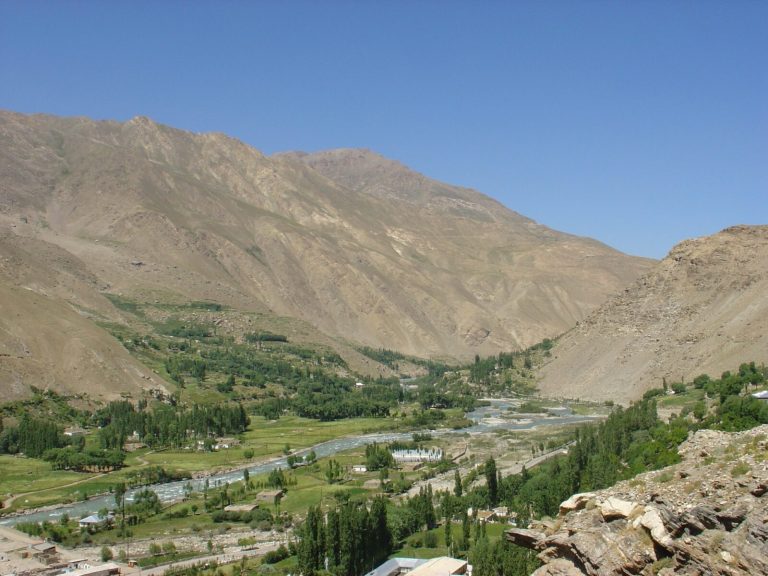Low snowfall in the winter of 2019-2020 made Tajikistan start producing less electricity. It has affected domestic consumption and exports, and it will also lead to the regional energy strategy change.
A sharp reduction in electricity supply from Tajikistan began on July 16. In late July, the Tajik authorities imposed restrictions on electricity consumption in summer and stopped its export to Afghanistan and Uzbekistan. The key reason is water shortage recorded last autumn and winter in the formation zone of the Vakhsh and Pyanj rivers where half of the water rate fell. The water is being saved in the Nurek reservoir where the water supply is 17 meters lower compared to the last year. Despite the fact that it will not solve the problem completely it will make conditions favorable enough to pass the autumn period.
Over the past few decades, Tajikistan’s glaciers have shrunk by almost three times. Moreover, the process actively continues due to climate warming and greenhouse gas emissions increase. As a result of climatic changes experienced in recent years, one thousand out of 14 thousand glaciers has melted. On Tajik scientists’ forecast, within the next decade the ice sheet in Pamirs will decrease by another 30%. It will lead to a dramatic reduction in the hydrological potential of Tajikistan and change the regional energy strategy.
Tajikistan is a key partner in the CASA-1000 regional energy project. It provides for the electricity production in Kyrgyzstan and Tajikistan and its further transportation to Afghanistan and Pakistan. In the framework of the project Afghanistan began building a power transmission line. However, back in January of this year, it was planned that Tajikistan would be able to increase the volume of electricity exports to Pakistan and Afghanistan, and Kabul would not build a converter substation. Pakistan was predicted to receive direct Tajik electricity in the amount of 1,300 MW instead of 1,000 MW predicted earlier. Apparently, the plans may be reconsidered.

In order to guarantee fulfillment of the previously reached agreements Tajikistan will be forced to increase the number of hydraulic structures on the Vakhsh and Pyanj rivers In addition, it will be necessary to accelerate the implementation of the Rogun HPP project scheduled to terminate in 2033. The Russian Federation will get interested in an active participation in projects on reconstruction and construction of hydroelectric power plants in Tajikistan. Most likely, taking into account current conditions, Russia has a chance to grab the opportunity.

Electricity export from Tajikistan to Uzbekistan is an equally important issue. So far, the Uzbek electricity network operator has signed an agreement with Turkmenenergo where electricity is produced at thermal power plants. However, this is a temporary measure only. Under present situation in Uzbekistan, the implementation of the NPP construction project will receive a new impetus. Being credited by the Russian government Tashkent plans to build an $11-billlion nuclear power plant with a capacity of 2.4 GW. The construction works should begin in 2022 in Jizzakh Region near Lake Tuzkan. The project has its opponents arguing about seismic activity in the region. However, Russia is actively lobbying this topic as it plans to receive both a big order for construction and further maintenance, and privileged access to Uzbek uranium deposits as well.
Thus, climatic changes in the Pamir region can seriously change the energy distribution in the region. Involvement of Western and Chinese companies in the development of the regional energy potential could serve as an alternative to this event development. Diversified investments in this sphere can prevent Russia from likely further strengthening its geopolitical influence in the region though participation in the energy projects.




